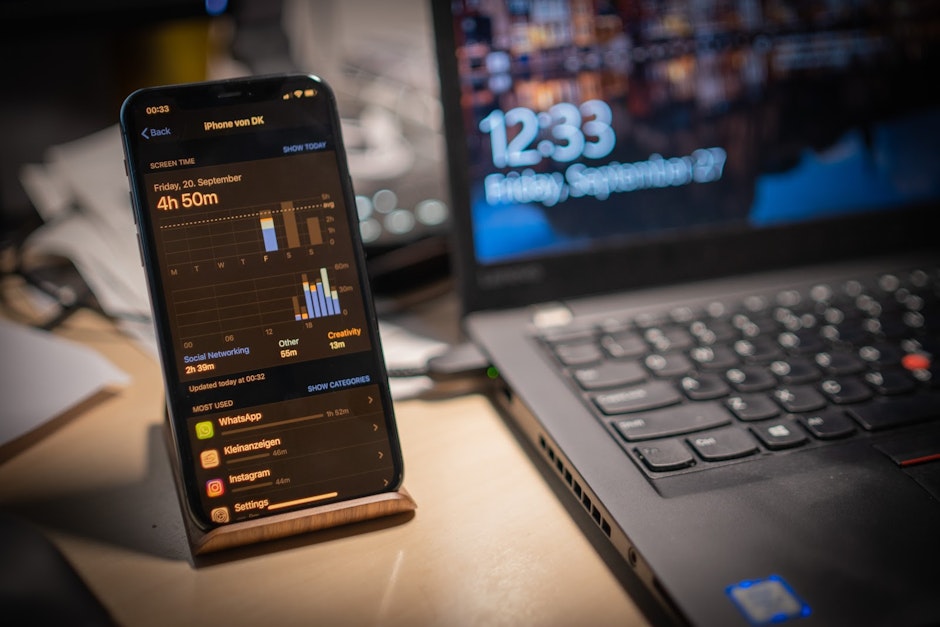Why advertisers need to think about brand attention
The way we consume content is ever changing and our attention span is being drastically reduced

Also, the length of the songs we are listening to have reduced, due to shorter attention spans coupled with the economics of streaming. Kanye West's album “The Life of Pablo” (2016) tracks were 38% shorter than those of his album “Twisted Fantasy” (2010).
The Coronavirus pandemic and subsequent lockdown that occurred have further reinforced the notion that we are creatures of short attention. In February, there was a 300% increase in people searching “how to get your brain to focus”, a 110% increase in “how to focus better”, and a 60% rise in “how to increase focus”. Even the search term “I am bored” spiked in March when lockdowns were announced for countries like the US, the UK, Canada, Australia and New Zealand:
It is difficult to say we have a shorter attention span for everything, as when researching and reading topics that require time and effort then we are willing to put the time in. Linkedin is now also ranking content according to dwell time. For a post to be useful, it must capture people’s attention. Posts that get the most likes, comments, and shares will no longer be the most successful. Instead, it’ll be the content that people actually spend their time reading. Research also suggests that the reading of books has surged since the lockdown as people had more spare time (52%), wanted to stay entertained (51%), or felt books were providing “an escape from the crisis” (35%).
The same reasoning applies when it comes to advertising. We could say, without fear of being mistaken, that the most successful ads are those that are able to first capture attention and then retain it for a longer period of time. Truth is, users spend very little time looking at ads. And you may think that 1 or 2 more seconds of attention are not relevant, but given the fast way in which we consume content, this can make all the difference. If a user skips 3 seconds of a 6-second video, it means they’re missing half of the content and messages.
A recent article by Forbes stated “Attention Builds Brands”. Years ago this attention would be focused on tv, print or outdoor, but now we are spending more time on our laptops and mobile phones. Not only do we have shorter attention spans but we are also creatures of habit: a US study suggested that people check their phones once every 12 minutes. I use my phone around 4 hours per day and that doesn’t seem a lot until you see that amounts to 60 full days per year!
Brands are paying particular attention to consumer habits and finding it incredibly important to target their consumers in effective ways. Programmatic advertising has long been targeting mass with standardized display solutions but now brands are pushing against a one size fits all approach. Banner blindness is nothing new and we have been accustomed to simply ignoring ads on a site which 1) are not relevant to what we are reading about and 2) do not look appealing. Content is becoming more visual via image and video and publishers are looking at ways to keep their audience engaged and entertained.
This is not a surprise, as several studies have shown that the human brain processes images much faster than text and that we are wired to communicate better in a visual way. Using images as an ad placement could allow brands to leverage this human natural inclination to pay attention to visuals over anything else.
A study conducted by Metrixlab utilized advanced eye-tracking techniques to measure users’ attention while they are navigating through a web page. The research gave us some food for thought, a compelling ad is essential to capture the users’ eyes, but the ad’s placement is also critical. Results revealed that ads placed on images were able to get attention quicker than other placements (namely 3.5 seconds more in average) and maintain it 5 times longer.
So in an era where everything is digitised and we are being exposed to hundreds if not thousands of ads per day, brands need to focus on why their message stands out versus the rest, and an attractive placement + a strong contextual targeting strategy seem to be a good starting point.
Dal Gill
Global Head of Programmatic at seedtag

